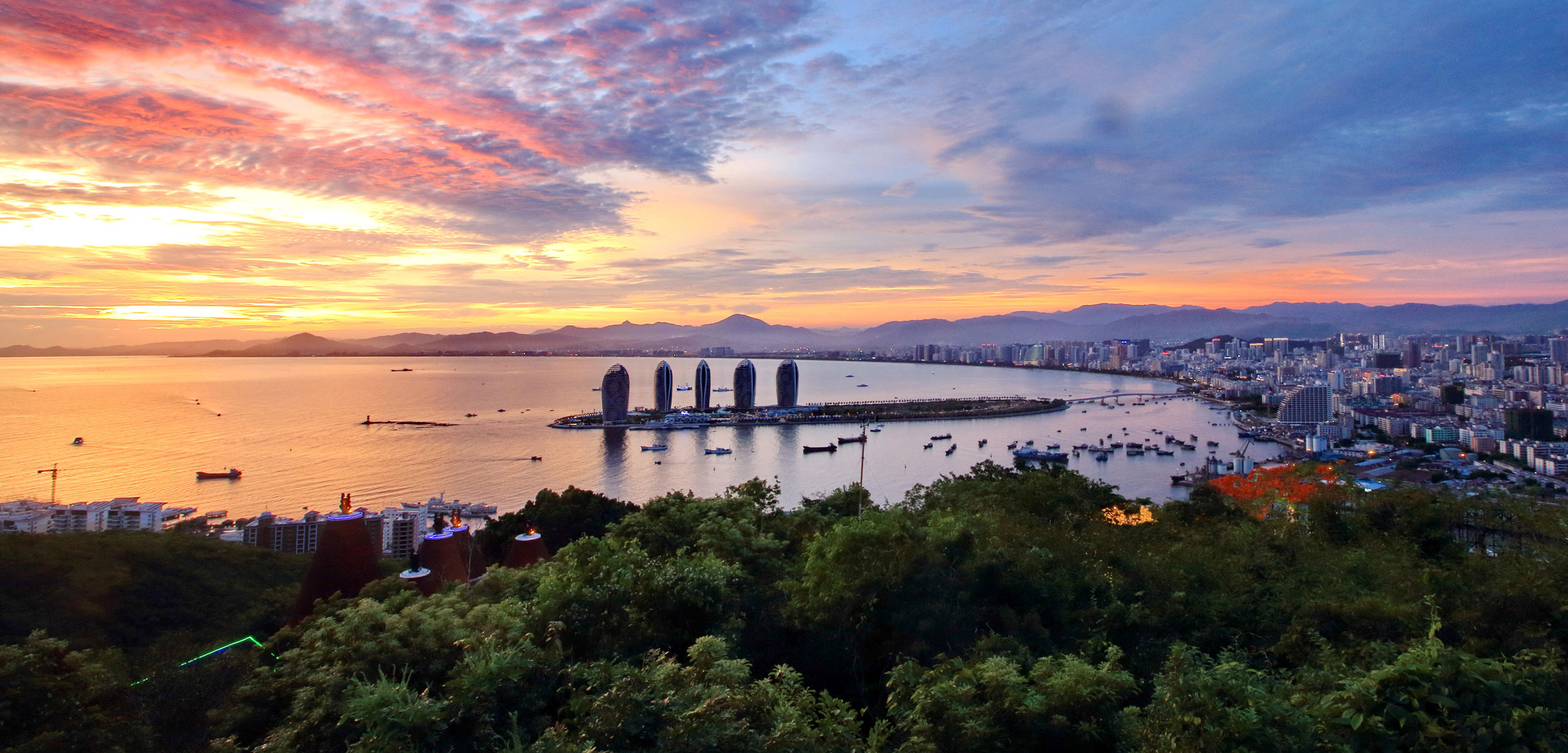Warming Oceans Are Offering a New Spot for Corals to Colonize
In the South China Sea, corals are returning to a site they haven’t inhabited for 5,000 years.
Article body copy
The waters around Sanya, China, in the northern South China Sea, are murky at best. The city has a population of 700,000 and welcomes more than 16 million tourists each year. Industrial and agricultural pollutants and sediment runoff flowing into Sanya Bay have made the seafloor muddy with turbid, nutrient-saturated waters thought inhospitable for animal growth. But until around 5,000 years ago, this bay was home to a vibrant coral reef. Now, new research shows that a warming and rising sea is causing coral to return—albeit in a limited state.
During the mid-Holocene, between 7,000 and 4,500 years ago, the water temperature in this part of the South China Sea was up to 2 °C warmer than it is today. Combined with the higher sea levels at the time, the warmer water caused the reefs around the bay to thrive, creating a kaleidoscope of corals dominated by branching Acropora. As the sea level dropped after the end of the mid-Holocene warm period, the corals were exposed to more solar radiation and had less space to grow. Eventually, they died out, leaving only fossils behind.
Today, as the sea rises and warms once more, new life is being breathed into this old reef. Over the past few years, scientists surveying and sampling the area have discovered a resurgence of corals—most of them hardy ones known as Porites compressa. The vast majority of the corals on the nascent reef are less than 30 years old.
“Sanya Bay currently exists in such a degraded state that most corals would be unable to settle and find space among the sediment and algae,” says George Roff, a biologist at the University of Queensland in Australia and coauthor of the study. By contrast, Porites compressa thrives on the muddy bottom. This coral forms self-reproducing colonies called coraliths—the coral equivalent of tumbleweeds—which roll along the seafloor with the whims of the current. Eventually, small clusters coalesce into a large gray structure that settles on the muddy bottom.
The study highlights the ability of some reef corals to move into new settlement grounds, says Jörg Wiedenmann, a biological oceanographer at the University of Southampton in England.
However, John R. Turner, a marine biologist at Bangor University in the United Kingdom, says that describing this as coral reef growth, rather than simply colony growth, is debatable. “Many coral colonies grow in marginal habitats but do not form reefs,” he says.
Despite this resurgence, Wiedenmann warns that too much warming could eventually hurt the coral, rather than help. “Heat stress is one of the major killers of corals and tends to hit hardest in shallow waters,” he says.
Roff says it’s unlikely the vibrant coral reef that once inhabited this space will return in full force given the current degraded state of the water. “Unless the eutrophic environments are reversed, it seems unlikely that we will ever see a return to the more environmentally sensitive branching corals of the Holocene,” he says.

